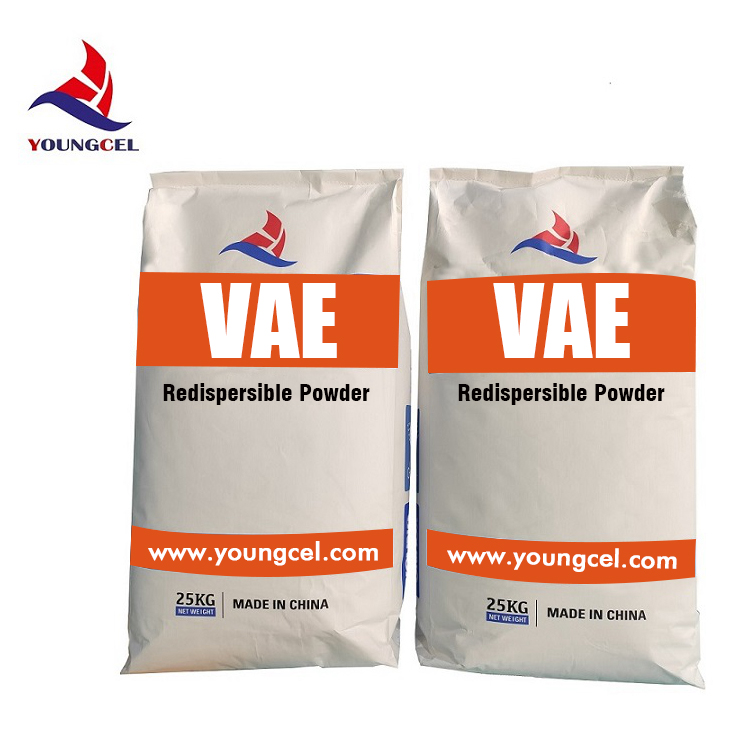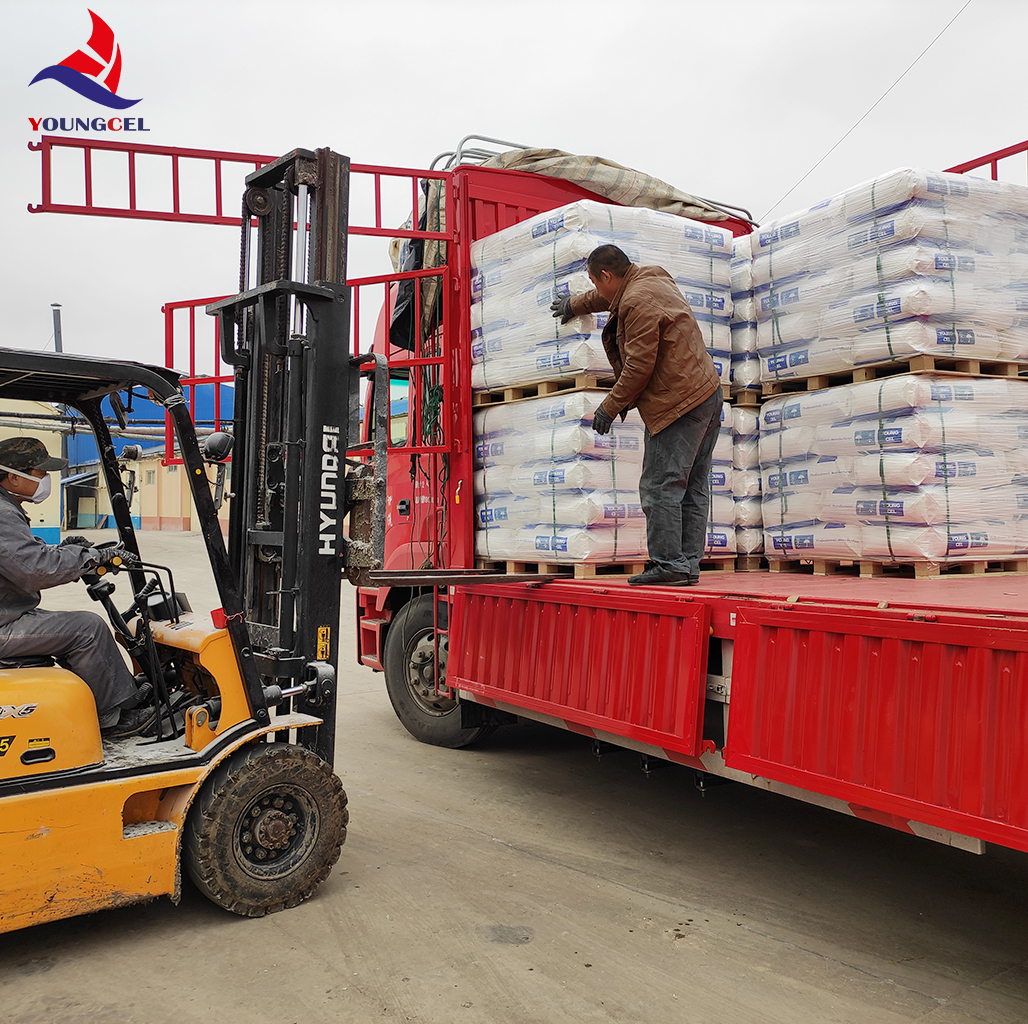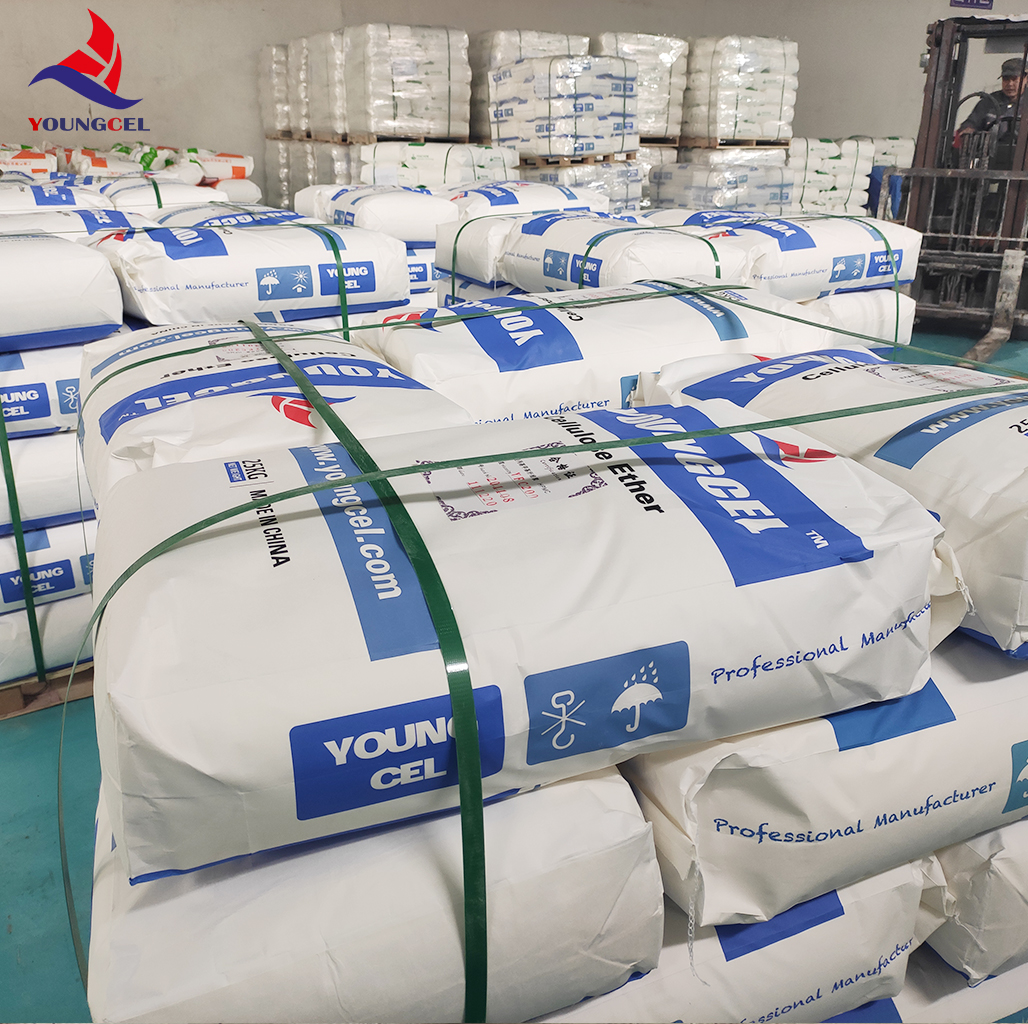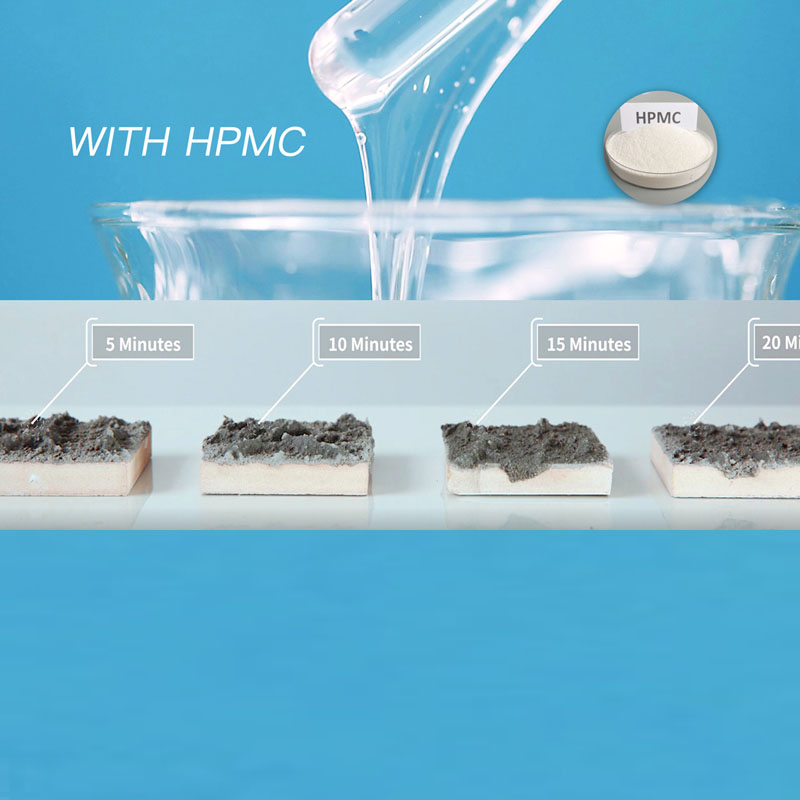Inside the RDP Boom: What Builders Really Get from Youngcel Chemical Rdp Powder Vae/rd Powder For Cement Mortar Rdp Manufacturing VAE RDP Redispersible Polymer Powder
Walk any jobsite lately and you’ll hear the same story: polymer-modified mortars are winning bids because they stick better, flex more, and survive weather swings. To be honest, a good VAE RDP is doing a lot of heavy lifting behind the scenes—quietly improving tile adhesives, skim coats, and EIFS base coats. That’s where Youngcel Chemical Rdp Powder Vae/rd Powder For Cement Mortar Rdp Manufacturing VAE RDP Redispersible Polymer Powder has been getting buzz in pro circles.

What’s driving the shift
Contractors are chasing faster installs and fewer callbacks. In fact, tighter building schedules and tougher codes (freeze–thaw, slip resistance, open time) are pushing RDP adoption worldwide. It seems that VAE-based powders strike a sweet balance: adhesion, deformability, and water retention without crazy costs.

Quick specs (real-world use may vary)
| Brand / Classification | Youngcel / Other Adhesives |
| Polymer base | VAE (Vinyl Acetate–Ethylene) |
| CAS No. | 24937-78-8 |
| Appearance | Free-flowing white powder |
| Glass transition (Tg) | ≈ 0 to +15°C |
| MFFT | ≈ 0–5°C |
| Ash (1200°C) | ≈ 10–14% |
| Bulk density | ≈ 450–600 g/L |
| Recommended dosage | 1–5% by cement weight (tile adhesives up to 6–8%) |
Origin: No.1 Shifu East Road, Gaocheng District, Shijiazhuang, Hebei, China. Other names: VAE. Usage: construction, tile binder, bonding mortar, plaster.

Where it’s used (and why it matters)
- Tile adhesives (EN 12004 C1/C2, extended open time, slip resistance)
- EIFS/ETICS base coats and adhesive mortars (impact resistance, flexibility)
- Repair mortars and renders (crack resistance, adhesion to old substrates)
- Self-leveling underlayments (flow, cohesion)
- Skim coats and plasters (workability, water retention)
Many customers say it “saves” marginal sands and inconsistent cements—surprisingly forgiving in hot, dry weather.
How formulators run it
Materials: cement, graded sand, Youngcel Chemical Rdp Powder Vae/rd Powder For Cement Mortar Rdp Manufacturing VAE RDP Redispersible Polymer Powder, cellulose ether (HPMC), starch ether, defoamer, silica fume or fillers as needed.
Method: dry-blend powders 3–5 minutes; bag; on site mix with clean water (≈ 20–28%) for 2–3 minutes, rest, then re-mix. Pot life typically 2–4 hours.
Testing & targets: EN 1348 tensile adhesion dry ≥ 1.5 MPa; after water immersion ≥ 1.0 MPa; EN 1346 open time ≥ 30 min; EN 1308 slip ≤ 0.5 mm; ASTM C348/C349 flexural/compressive per grade.
Service life: polymer-modified mortars commonly reach ≈ 15–25 years in normal exposure, but climate and detailing drive outcomes.

Real-world data and certifications
- Internal lab: C2 tile adhesive with 4% RDP showed 1.8–2.2 MPa dry tensile adhesion; 1.2–1.5 MPa after water immersion (28d cure).
- Slip reduction vs. non-modified: ≈ 40–60% improvement.
- Likely compliance paths: EN 12004-2, EN 1015-12; quality under ISO 9001 systems; REACH-ready documentation on request.
Vendor snapshot (typical values)
| Vendor | Tg (°C) | Ash % | MOQ | Lead time | Customization |
|---|---|---|---|---|---|
| Youngcel | ≈ 0–+15 | ≈ 10–14 | ≈ 1 t | ≈ 7–14 days | Tg, particle size, anti-caking |
| Vendor A | +5–+20 | 8–12 | 3 t | 10–21 days | Limited grades |
| Vendor B | −5–+10 | 12–16 | 2 t | 14–28 days | Custom on request |
Note: values are indicative; check COA for your batch.
Customization and a quick case
Youngcel offers tweaks—lower MFFT for cold starts, anti-caking for humid ports, even adjusted hydrophobics. One Southeast Asia tile adhesive maker swapped in 3.5% Youngcel Chemical Rdp Powder Vae/rd Powder For Cement Mortar Rdp Manufacturing VAE RDP Redispersible Polymer Powder and moved from C1T to C2TE: open time jumped to ≥ 30 min (EN 1346), slip dropped to 0.4 mm (EN 1308), and callbacks fell by ~35% in six months. I guess that’s the headline.

If you need a straight answer: this RDP is a practical, no-drama way to raise adhesion and flexibility without rewriting your whole formula. As always, lab it first—and test against your sands and local cement.
Authoritative citations
-
Understanding Methyl 2 Hydroxyethyl Cellulose: Uses, Benefits & Industry InsightsNewsNov.24,2025
-
Hydroxyethyl Methyl Cellulose HEMC: Industrial Uses, Benefits & Future TrendsNewsNov.23,2025
-
HEMC Cellulose: Versatile & Sustainable Industrial Polymer | YoungcelNewsNov.23,2025
-
Methyl Hydroxyethyl Cellulose: Versatile Building Block for Industry & SustainabilityNewsNov.23,2025
-
CAS 9032 42 2: Understanding Polyvinyl Alcohol's Impact on Industry & SustainabilityNewsNov.22,2025
-
Hydroxyethyl Methyl Cellulose: Versatile Solutions for Modern Industry and SustainabilityNewsNov.22,2025




